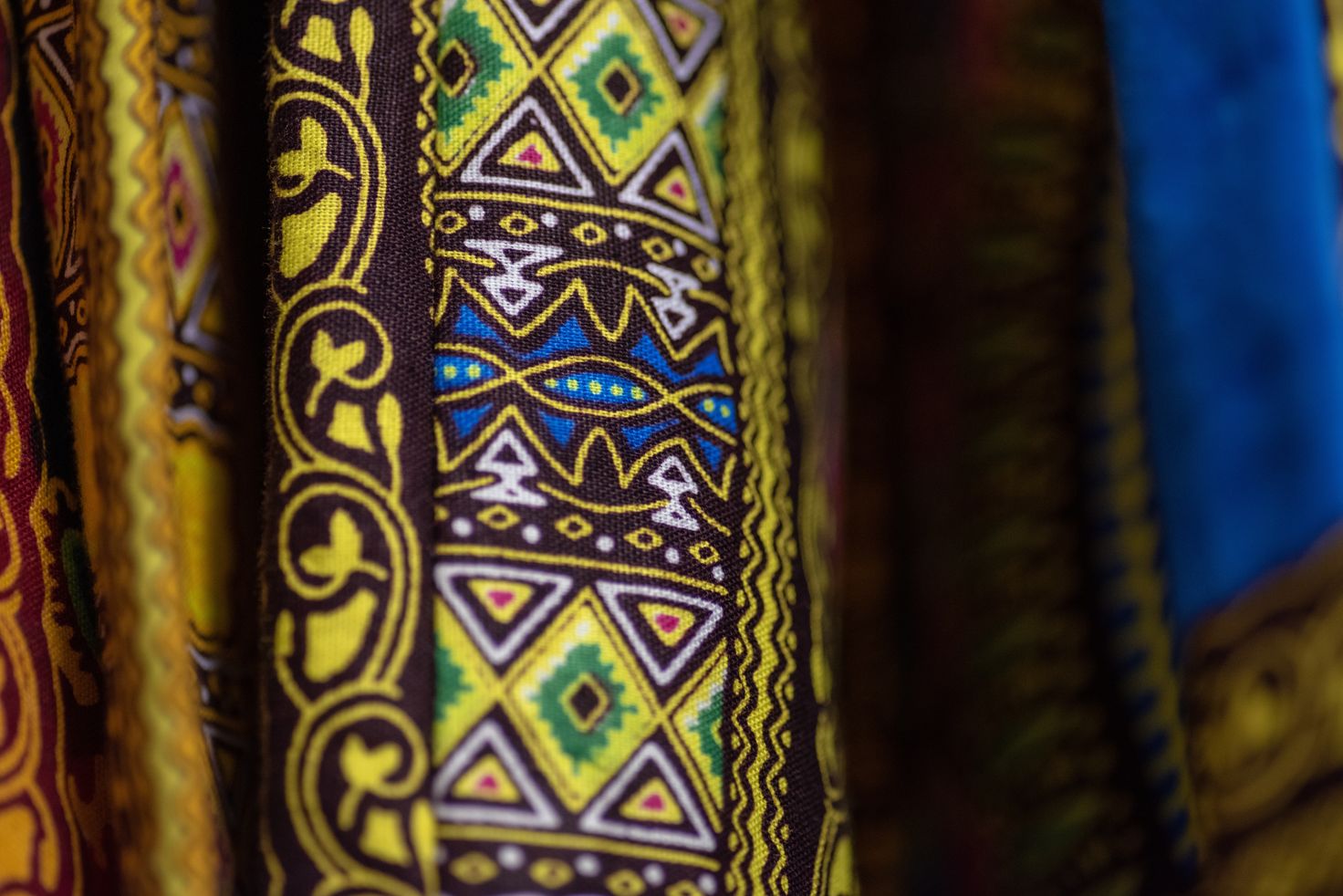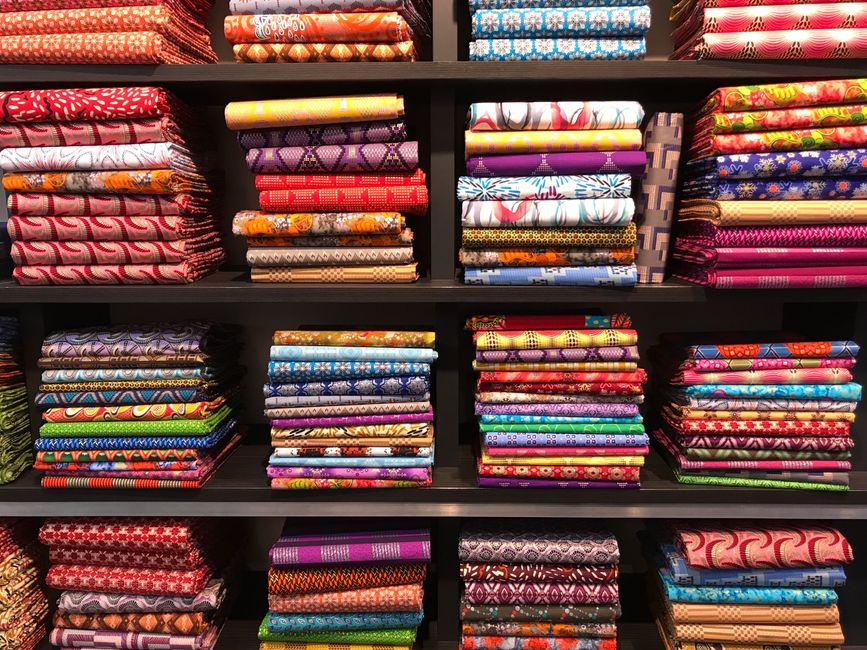
Kente Cloth: A Handwoven Textile from the Ashanti Region
Do you love African textiles? Are you interested in learning more about traditional African fabrics?
Go behind the scenes with the Kente weavers to learn how they are woven in the Ashanti Region. It profiles the fascinating fabric itself, its history, and how it's made. It also describes the hidden meanings behind the designs.
Kente Textile History
Today, the Kente is known for its striking patterns and symbols. But traditionally, the designs had an efficient function. The prints were created with a single colour and made easily visible.
The first kente cloths were introduced as part of the tradition of the Ashanti people of Ghana (Ashanti from Akan language means warrior). They then became popular with the Akan people of Cote d'Ivoire (Ivory Coast).
The Ashanti people used Kente as a method of communication and identification. It was essential for the Ashanti people to identify their allies in times of war. These days, the Kente is worn for celebrations, ceremonies, and as often as people want to show their cultural pride.
Kente Cloth Designs
Kente is known for its striking patterns and symbols. There are many different styles of cloth. The primary colours used are red, black, white, and various shades. The designs are based on strong symbolic motifs, and most of the kente cloths have the same basic design with variations in colour, size and design.
Kente cloth is always woven in stripes. The stripes are interspersed with black and white cotton blends to create a grey colour. The colour combination of the threads determines the colour of the background and the design elements. The cloth is dyed by soaking in mud and animal dung, producing red and black.
The stripes are a symbolic representation of water. Each stripe has a specific meaning. Kente cloths are given specific names based on the designs of their stripes.
The Symbolism and Cultural Meaning of Kente
Kente is one of the essential cultural cloths in Africa. It is worn on special occasions and expresses the wearer's clan, nationality, and ancestry.
The cloth is worn on special occasions, such as weddings, funerals, and festivals. A piece of Kente is used to adorn the marriage bed. Men often wear their family kente on their shoulders. It holds significant cultural importance and is used in political protests. It is used to protect people from the evil spirit of death. It is also used to protect people from the evil eye.
It is used in dance by the women and to adorn the chief's throne. It is thought to be symbolic of the past and future and the strength of the cloth. Kente also signifies social status, family pride, and personal dignity.
The Kente Weavers
The weavers of kente cloths are Ashantis, Twi, or Akans. They are believed to be part of the Akan nation and are found in many countries throughout Africa. There are many weavers in the Ashanti region of Ghana, which is the largest manufacturer of Kente.
Most weavers are women. The knowledge of kente weaving is passed down through the generations. The girls learn to weave as they know their trade. The girls learn their trade from their mothers and grandmothers. The weavers are respected in their community and are given their own private space, usually behind their family's house.
Where to Get Kente Clothing
You can purchase African kente cloths, specialty shops, and auctions on the Internet. They may be expensive, but they're beautiful and well worth the price.
Nkiti African Clothing is a UK based clothing designer specialising in designing casual African wear. Our vision is to create modern, high-quality clothing that pays homage to our rich African ancestry. So, if you’re looking to buy Kente cloth in the UK, we’ve got you covered! Browse our collection now!




Leave a comment
This site is protected by hCaptcha and the hCaptcha Privacy Policy and Terms of Service apply.